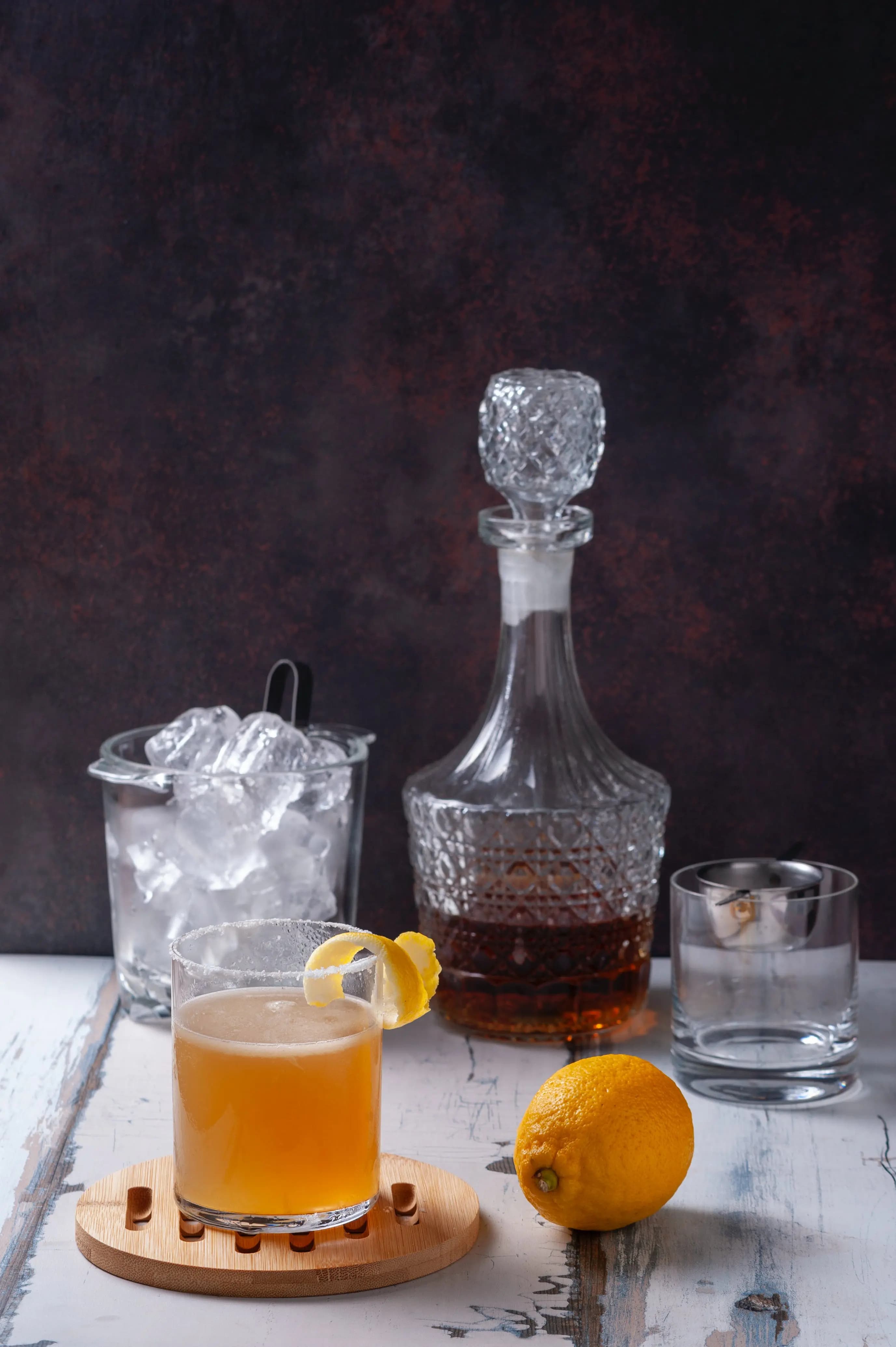6 Diverse Indigenous Spirits Across India’s Length And Breadth

Exploring quality spirits that provide a robust punch is a tradition rooted in Indian culture. The reigns of prosperous monarchs and gullies populated by soldiers as well as artisans are indicative of the long standing relationship of ethnic cultures with excellent spirits. In fact, Indian cocktails packed quite the ‘punch’. It was from here that the spiced, fruity holiday drink travelled across the seas to Europe. The word punch, it is said, is derived from the Hindustani word paanch or five, meaning the five fruits and spices used to infuse rum while creating this vibrant cocktail.
Regional variants of alcohol have enjoyed an irresistible appeal among locals and tourists alike. In fact, one is unable to return from Goa without having tried its signature feni, a colourless drink with a slightly sweet note, made from cashew sap that is best consumed directly from the bottle!
Here are some interesting Indian spirits that might vie for your attention the next time you set out on a solo trip to discover the multicultural bounties the country has to offer:
Also Read: Jharkhand's Tribal Food Pairings With Local Liquor That Goes Beyond Chicken
Arrack
A popular drink in southern India, as well as parts of the neighbouring Sri Lanka, this beverage is made by fermenting the sap of sugarcane and coconut flowers. Arrack has great alcohol content and would be recognised more quickly by its colloquial moniker, desi daru or country liquor. There are different regional variations of this drink, one of them has slightly floral notes with complex coconut flavours. Another, called the batavia arrack, has a more smoky and bitter flavour akin to dark rum. Whatever the variety, arrack is an extremely popular Indian drink consumed widely across regions of southern India.
Feni
Made from fermenting cashew sap, feni is a translucent liquid that has a distinct aroma and a rather sharp taste. Today, the rights to produce and sell this popular indigenous spirit lie solely with the Goan regions, as it recently acquired the Geographical Index (GI) tag. Very popular among tourists and locals, feni is also being used to experiment with different classic cocktail concoctions. It is possible to find a Bloody Mary or a martini made using this spirit in your next door local Goan tavern.
Mahua
If we trace the history of Indian distilling and liquor making processes, one of the spirits we’d be able to locate to a time of yore is the mahua. This drink is named after a tropical tree whose sweet flowers are used to make a delicious and aromatic floral spirit. Found in the central and eastern belt of India, the mahua flowers were traditionally plucked and sundried before fermenting using rice cake and jaggery by tribal communities. The double distilled spirit is potent and tasty with floral, honey-like notes.
Also Read: Flavour Dive: The Untold Story of Jharkhand’s Traditional Mushroom Liquor

Toddy
One needs no introduction to toddy. Found largely in Kerala, where it is known as kallu, it is made by fermenting the sap of coconut palm trees, a variant of the palm tree species. The collected sap is left for the yeast in the air to do its trick and produce a drink that is slightly tart but sweet. so be sure to have it fresh, otherwise it would be too strong to handle!
Apong
A spirit from northeastern provinces of Assam and Arunachal Pradesh, Apong is a beer made by fermenting rice cakes, whose methods differ region to region. Known by names such as Xaj in Assam and Chubitchi in Meghalaya, the recipe infuses rice with different spices and herbs to imbue vibrant flavours into the spirit. This rice wine or beer, consumed prominently by the tribes in the region, is delicate and pleasurable on the tongue.
Regal Spirits
Head westwards to Rajasthan, one of India’s regal territories, and you will find quality spirits with decadent qualities influenced by age-old diverse indigenous traditions. Look no further than the Godawan Artisanal Single Malt Whisky that pays homage to such royal heritage. It uses a formula of fine Indian botanicals to create a malt out of the six-row barley growing in the region with scarcity of water. The whisky is a tribute to a heritage marked by the beautiful godawan, or the Great Indian Bustard, now nearing extinction. Exquisite craftsmanship signifies the making of such regal liqueurs which carry a hint of spicy, herbal and nutty notes.
Drink Responsibly. Communication intended for those above 25 years of age.









